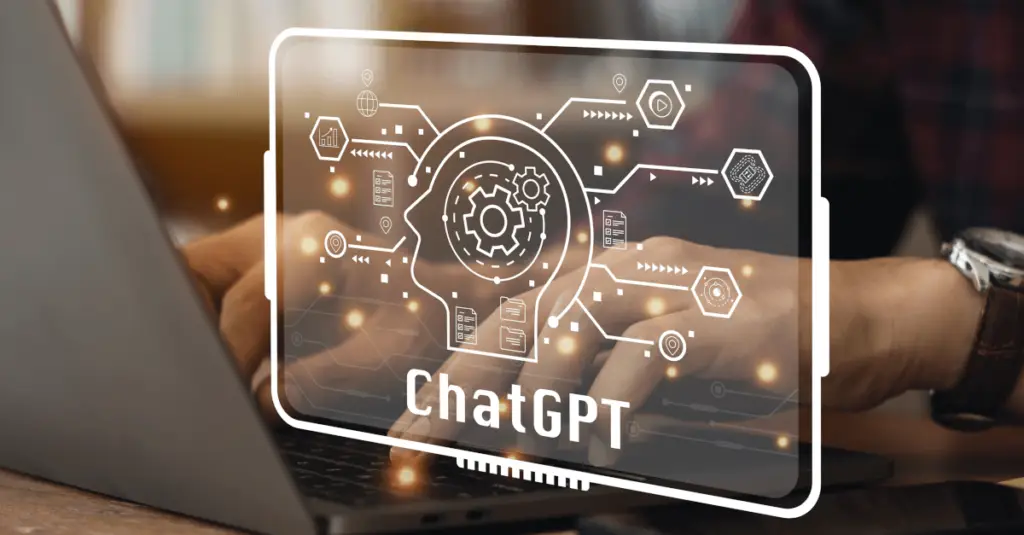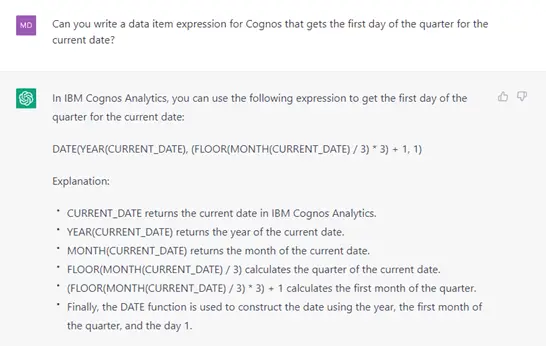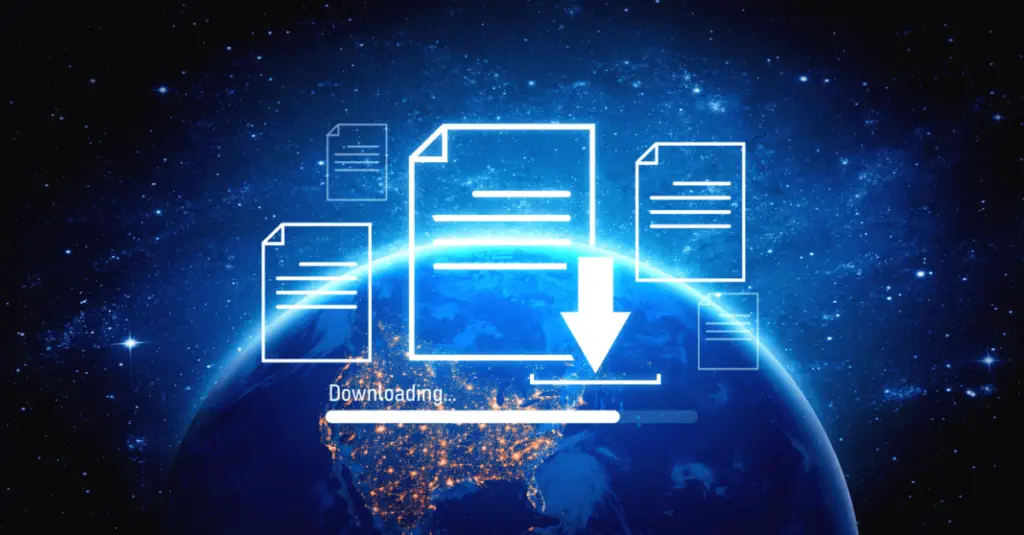
Mike DeGeus, February 14, 2023
Get the Best Solution for
Your Business Today!
Data and analytics have undergone a profound transformation in recent years. The massive growth of cloud computing, big data and the proliferation of cutting-edge analytics tools have unlocked previously unattainable insights into complex business processes. However, as the data landscape continues to evolve, staying ahead of the curve has become a challenge for even the most seasoned data professionals. Enter ChatGPT and other advanced language model technologies – poised to revolutionize the way data and analytics are performed by providing a new level of automation, accuracy, and efficiency. Get ready to be blown away as you discover how ChatGPT is set to transform the world of data and analytics.
Table of Contents
Where do Data Analysis and ChatGPT Meet?
One of the key benefits of ChatGPT and other advanced language models is their ability to process large amounts of unstructured data. In the past, data analysts had to rely on manual methods to extract insights from unstructured data sources, such as text documents and social media posts. This process was often time-consuming and prone to errors, and it was difficult to ensure that the data was being analyzed in a consistent and reliable manner.
With ChatGPT and other advanced language models, however, data professionals can now process large amounts of unstructured data in a matter of seconds, using natural language processing (NLP) techniques to extract insights and identify patterns. This enables data professionals to gain a more complete understanding of the underlying business processes, which can then be used to drive better business decisions.
Don’t be fooled into thinking that advanced language models are only for unstructured data, however. Another important benefit of ChatGPT and similar technologies is their ability to automate many of the routine tasks that are associated with structured data analysis. For example, ChatGPT can be trained to automatically generate reports and summaries of data, which can be used to provide a high-level overview of key metrics and trends. This can save data professionals countless hours of manual work and reduce the risk of errors, helping them to focus on the most important aspects of their work.
Here are a few examples of how ChatGPT and other advanced language models can be used to analyze structured data:
- Predictive modeling: These models can be trained on structured data sets to develop predictive models that can be used to forecast future trends and events. For example, a model might be trained on sales data to predict future sales based on past trends.
- Pattern recognition: Advanced language models can be utilized to identify patterns and relationships in structured data, which can help data professionals uncover insights that might otherwise go unnoticed. For example, a model might be trained on customer data to identify patterns in customer behavior that can inform targeted marketing campaigns.
- Data visualization: These technologies can be used to generate interactive data visualizations, making it easier for data professionals to quickly understand complex data sets. For example, a model might be trained to generate visualizations of financial data, helping analysts identify trends and anomalies.
Note: ChatGPT is not (currently) capable of generating interactive data visualizations on its own. However, the text generated by ChatGPT could be used as input for other software tools that can create visualizations. For example, a data scientist could use the output from a ChatGPT model (code) to create custom charts and graphs that display insights and trends in the data. The text generated by ChatGPT could also be used to automatically populate fields in visualization software, allowing data professionals to quickly and easily create visualizations that highlight specific patterns or relationships in the data.
Here’s an example of ChatGPT generating a Cognos expression. Cool… except it doesn’t actually work, despite it’s confident response. At least this may help generate some ideas about how to approach the problem.

- Anomaly detection: Advanced language models can detect anomalies in structured data sets, assisting data professionals in identifying unusual patterns or events that might indicate potential problems. For example, a model might be trained on network traffic data to automatically identify unusual spikes in network activity that could indicate a security breach.
- Predictive maintenance: These technologies can be used to develop predictive maintenance models that can identify potential problems with equipment before they occur. For example, a model might be trained on sensor data to predict when a piece of machinery is likely to fail, allowing maintenance crews to schedule repairs in advance.
In addition to these benefits, ChatGPT and other advanced language models can also play a critical role in advancing the field of data and analytics itself. They can be used to develop new algorithms and models that are more accurate and more sophisticated, helping data professionals to unlock new insights into complex business processes and make more informed decisions.
How will ChatGPT Impact the Career of a Data Professional?
The question on many (human) minds these days: “How will the proliferation of AI impact my career?” The emergence of advanced language model technologies, such as ChatGPT, is poised to have a significant impact on the roles of data engineers, data scientists, and analytics developers. Here’s a closer look at how these positions may be affected:
- Data engineers: Data engineers play a crucial part in the collection, storage, and processing of vast amounts of data. With the help of AI-powered language models, routine tasks, such as data cleaning and transformation, can be automated, allowing data engineers to focus on more complex and high-value tasks.
- Data scientists: Data scientists use data to drive insights and inform business decisions. Advanced language models, like ChatGPT, can significantly simplify the process of analyzing large amounts of unstructured data, helping data scientists to uncover hidden patterns and relationships and make more informed decisions.
- Analytics developers: Analytics developers are responsible for developing custom analytics tools and applications. By leveraging AI-powered language models, analytics developers can build even more sophisticated and accurate analytics solutions, freeing up their time to focus on developing innovative solutions and cutting-edge features.
At PMsquare, we’re optimists! We think that the overall impact of advanced language models on the jobs of data engineers, data scientists, and other analytics developers is likely to be positive. By automating many of the routine tasks associated with data analysis and enabling these professionals to focus on higher-value tasks, these technologies have the potential to make their jobs more rewarding and fulfilling, while also enabling them to make a greater impact on their organizations.
Conclusion
The field of data and analytics is facing unprecedented challenges, as the volume and complexity of data continues to grow. However, by leveraging the power of ChatGPT and other advanced language models, data professionals can overcome these challenges and take their work to new heights. Whether it’s automating routine tasks, processing large amounts of data, or advancing the field itself, these technologies have the potential to revolutionize the way that data professionals work, helping them to make the most of their data and gain new insights into their business processes.
Note: ChatGPT was utilized heavily in generating this article, with significant guidance and editing from its human author!
We hope that you found this article to be informative and helpful. If you have any questions, contact us today! Be sure to subscribe to our newsletter to have more PMsquare article, updates and insights delivered directly to your inbox.









